More....transition strips for existing engineered floor. Look awful?
Cindy C.
6 years ago
Featured Answer
Sort by:Oldest
Comments (17)
Cindy C.
6 years agoRelated Discussions
How do we keep our existing cabinets, but change floor plan?
Comments (12)I agree that hickory's tone deepen as it ages, and I agree that it wouldn't match initially, I am not sure I agree that it would never match. Usually wood darkens with time and UV exposure. You can expose the new cabinets to full sunlight, using full spectrum lights, to hasten the aging process. My friend did this when her wood floor needed to be patched, you could barely tell after a few months. Also depending on how/where you put the new additional cabinetry, you could consider doing them in an accent color. I am not really visualizing what you want to do, but lots of people have either the sink or the stove in a different finish. Here are some images I was able to quickly find to illustrate what I mean. When you mix cabinetry colors and finishes purposefully, it looks great IMHO [Traditional Kitchen design[(https://www.houzz.com/photos/traditional-kitchen-ideas-phbr1-bp~t_709~s_2107) by Seattle Kitchen And Bath Warmington & North [Traditional Kitchen design[(https://www.houzz.com/photos/traditional-kitchen-ideas-phbr1-bp~t_709~s_2107) by Atlanta Furniture And Accessories The Furniture Guild [Traditional Kitchen design[(https://www.houzz.com/photos/traditional-kitchen-ideas-phbr1-bp~t_709~s_2107) by Other Metro Interior Designer Kimberly Arnold Fletcher...See MoreAdding Joist to Existing & Intact Floor
Comments (36)Alert, Long Post: Thanks Renovator, Worthy, Sombreuil_mongrel, Brickeyee, Weedyacres, Sierraeast, and last but not least, Pam. Ok, the big picture. I have a plan to use slate tile in a Versailles pattern ranging in size form around 6x6" or so, up to maybe 12x16. This is an estimate. This is called the "Small Versailles". The stone varies a bit in thickness and is hefty. It is slate stone from "The Tile Shop". We have a store in the metro area of Des Moines, Iowa. I will be installing this myself. My goal is for the floor to tolerate: 1) the weight and stiffness of this tile & it's underlying compound 2) fair amount of foot traffic 3) 5.5' cast iron tub 4) water for tub 5) vanity with large cast iron sink 6) toilet. 7) I might put tile on the wall and don't know if that extra weight matters. Floor as is: 1) Floor dimensions in finished bathroom is 6.5' x 9.5'. 1) 2x8 joist at 21"OC, about 10' or 11' in length, and about 9.5 free span. See picture above. 2) 3/4 (or 1") x8" subfloor. And I correct my earlier mistake, it is NOT T&G. 3) 3/4" fir T&G flooring but is covered with a layer of linoleum. When I am ready to remodel the room I will remove the linoleum. I had planned to lay 3/8" exterior grade plywood as an underlayment down on top of the 3/4" fir flooring, leaving all of my flooring intact. I will keep the bath where it is at the far end of the room (you can see the green pipe at the top of the pic). The size, either 5' or 5.5' depends on how the joist position turns out. I will move the sink to the Rt side, where the heating duct comes in. I will shorten that duct span to bring the vent closer to the front of the room (even closer to the top Rt hand corner of the pic). I will move the toilet a few feet towards the far end, about where you can now see the exiting sink plumbing on the left of the picture. I had plans to use self leveling compound and maybe imbed an electric floor/tile heating system ontop of the underlayment. This heating system is only for the tiles not to provide primary heat to the room. The room is ducted for forced air heat. Next, over the underlayment with self leveling compound (and possible heating system), lay Ditra. Then, as I understand it, I am ready to tile as per usual. As stated above I will be using 6x6 up to approx 12"x16" tiles randomly placed in the design. Bottom line is that I want a floor that will support my tile and fixtures in the BR. With all of the posts above it sounds like I need to do something, or nothing, to the floor joist system (except to get those hangers in there). I am leaning towards adding joist inbetween the existing one in the middle. The spaces between the exterior joists, sitting on the sills, and the 1st free spanned joists on either side, might be a problem because of the plumbing, especially on the left where the toilet is (out of sight in this pic). So I might have to leave that area without extra support. Or maybe I could brace around the toilet to stiffen up that area. While the Rt side might be tight, I still might be able to get a joist in there. Anyway, that is my current rendition, taking all of the above discussions into consideration. Any feedback on this plan? ps, this took me FOREVER to write up!...See MoreWhich plan is least worst? Would a 7/16" height diff be awful?
Comments (13)What is the era of the house? If its an older house, a wider planked floor may be out of character. Though the floor plan suggests the home is newer. This would also influence my decision to choose a flooring product that matches the existing in height as close as possible. Also, the orientation of the floor needs to run perpendicular to the floor joists. Without serious work, it might not be practical to run the hallway different than the living room and kitchen....See MoreLaminate flooring, avoid transition strip in long span
Comments (18)I did both. I was taught by an installer how to flush cut the flooring to butt up against the tile, which did have an edge strip, with a 1/16th (I think, it’s been almost 2 years) gap and silicone caulk. I hated it because the flooring is matte and I couldn’t find a caulk that wasn’t shiny so it left an obvious shiny line between the tile and the laminate flooring. I replaced it with a transition strip. I do remember messing with the strip to making it as flush as possible between the two different floorings, I think we had to modify the metal piece inside or route one side deeper. keep in mind all of this was DIY and with proper planning by a pro installer the different floor levels are taken into account. I changed my mind and decided to tile the powder room when the flooring was already in. Also, in this scenario the ends are supposed to be sealed and caulked beneath the transition strip in a powder room application, even if it isn’t “wet,” like with a shower or bathtub. That was so deep in the specifications for the flooring we almost missed it. I did not use a transition strip by the front door. I intended to, just to be cautious since we spanned a greater distance, but I hated how the strip looked. Next to the threshold the caulk is invisible, even though it’s shiny. We were pressed on time and budget because it was a new home without any closet shelves, garage storage, or landscaping. The idea of replacing the carpet that was falling apart (after less than a year) with more of the same carpet by the builder was discouraging to me, so we really couldn’t do anything differently. But in a more predictable world, if I could have wrangled a couple thousand more, I have done a simple, not engineered, hardwood and installed it ourselves. The laminate has not had any issues at all as far as buckling or drifting. It’s on our main floor and the only place with an issue is where my kids drop ice cubes on the floor in the same spot and don’t pick them up. There isn’t any swelling or peeling but there is a thin line where you can see the composite is a different color. This is not in an area with a long span. The LVP with equivalent numbers of pieces were 2-3 times as expensive....See Moreglennsfc
6 years agoCindy C.
6 years agoglennsfc
6 years agoCindy C.
6 years agoUser
6 years agoCindy C.
6 years agoElizabeth B
6 years agoCindy C.
6 years agoCindy C.
6 years agoCindy C.
6 years agoCindy C.
6 years ago
Related Stories
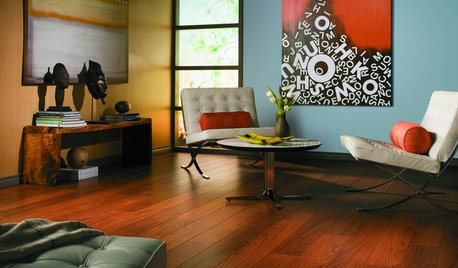
REMODELING GUIDESLaminate Floors: Get the Look of Wood (and More) for Less
See what goes into laminate flooring and why you just might want to choose it
Full Story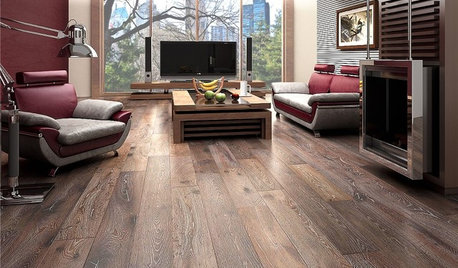
REMODELING GUIDESWhen to Use Engineered Wood Floors
See why an engineered wood floor could be your best choice (and no one will know but you)
Full Story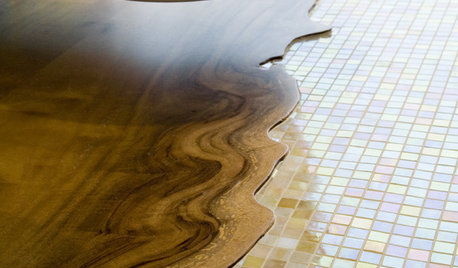
REMODELING GUIDES20 Great Examples of Transitions in Flooring
Wood in One Room, Tile or Stone in Another? Here's How to Make Them Work Together
Full Story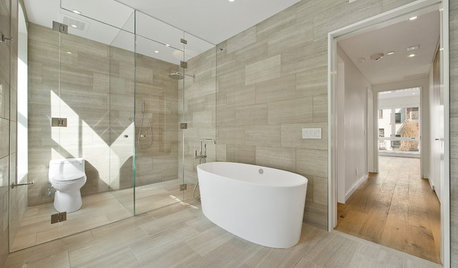
REMODELING GUIDESTransition Time: How to Connect Tile and Hardwood Floors
Plan ahead to prevent unsightly or unsafe transitions between floor surfaces. Here's what you need to know
Full Story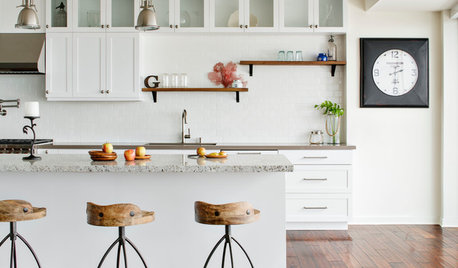
REMODELING GUIDESWhat to Know About Engineered Wood Floors
Engineered wood flooring offers classic looks and durability. It can work with a range of subfloors, including concrete
Full Story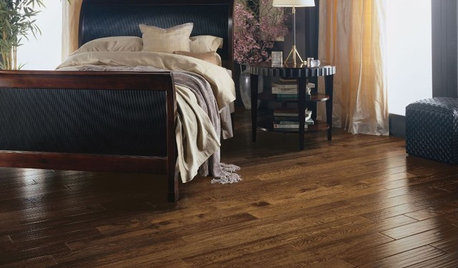
REMODELING GUIDESYour Floor: An Introduction to Solid-Plank Wood Floors
Get the Pros and Cons of Oak, Ash, Pine, Maple and Solid Bamboo
Full Story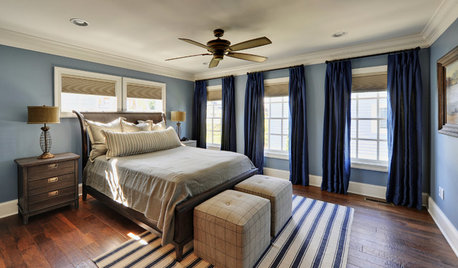
COLORBedroom Color: The Secret to More Sex and More Sleep
Look to surprising revelations about bedroom wall colors to get more of what you want
Full Story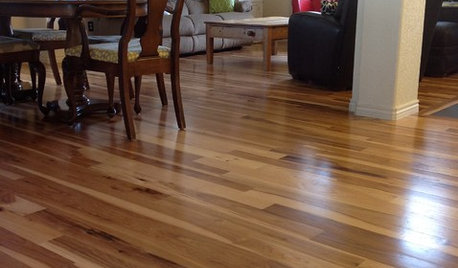
MATERIALSWhat to Ask Before Choosing a Hardwood Floor
We give you the details on cost, installation, wood varieties and more to help you pick the right hardwood flooring
Full Story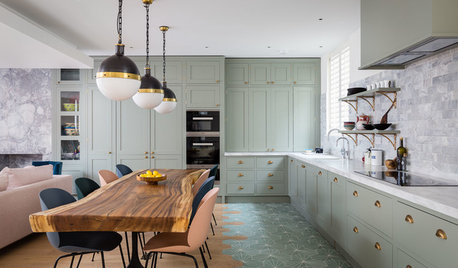
KITCHEN DESIGN13 Alternatives to Plain Wood Flooring in the Kitchen
Graphic patterns, surprising transitions and unexpected materials make these kitchen floors stand out
Full Story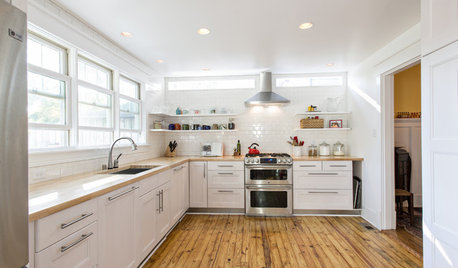
REMODELING GUIDESWhat Lies Beneath That Old Linoleum Kitchen Floor?
Antique wood subfloors are finding new life as finished floors. Learn more about exposing, restoring and enjoying them
Full StorySponsored





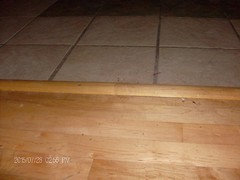
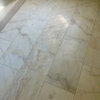
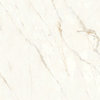
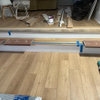


millworkman